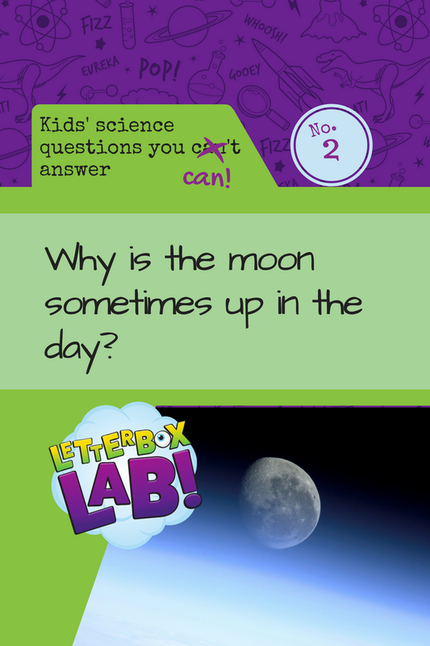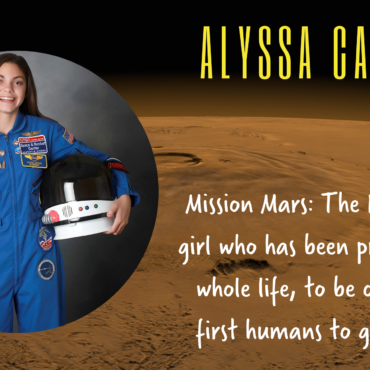To celebrate the fantastic supermoon that graced our skies yesterday, we’re tackling a common question about our closest cosmic neighbour.
The answer to this question is that the Earth, Moon and Sun are all spinning balls that are moving around each other. When the bit of the Earth that we are standing on is pointing towards the Sun, we call it daytime. Sometimes the Moon is near the Sun in the sky at the same time, so we see them both.
|
You can model the giant spinning balls of rock using a desk lamp, a swivel chair, a pencil and a ball of plasticine. Put the lamp on a table and switch it on, and place the chair in front. Put the plasticine onto the end of the stick give it to your child to hold up in front of them as they sit on the chair. The plasticine is the Moon, the lamp is the Sun and your child is the Earth! As you gently rotate the chair, if your child keeps their arm still they will see that the Moon moves around the Earth as it spins (it “orbits” the Earth). Of course, this model is a little inaccurate as the Earth spins in 24 hours whilst it takes the Moon a whole month (“moonth”) to orbit the Earth. Still, your child will find that sometimes they face the Moon but not the Sun, and sometimes they face both at once.
|
If you want to take this a bit further, have a look at the shadow that is cast on the plasticine. Can you figure out where the Moon is relative to the Sun and Earth when it is full and when it is new? It’s often assumed that the Earth casts a shadow across the Sun to give it phases, but actually one face of the Moon is always lit by the Sun (except during an eclipse), we just can’t always see the full lit side because of the angle from which we look at it.
So now you have found the answer to why the moon is sometimes up during the day. What’s really interesting about this question isn’t the answer, however, but that your child has asked it in the first place! From the mythologies of ancient civilisations to the primary school classrooms of today we have been told that the Sun rules the day and the Moon rules the night. Your child has spotted this ancient dogma for what it is: blatantly false, and they should be praised for it. They have observed the evidence for themselves, realised that it goes against the established doctrine and asked for an explanation – that is science, and that is awesome.





Add Comment